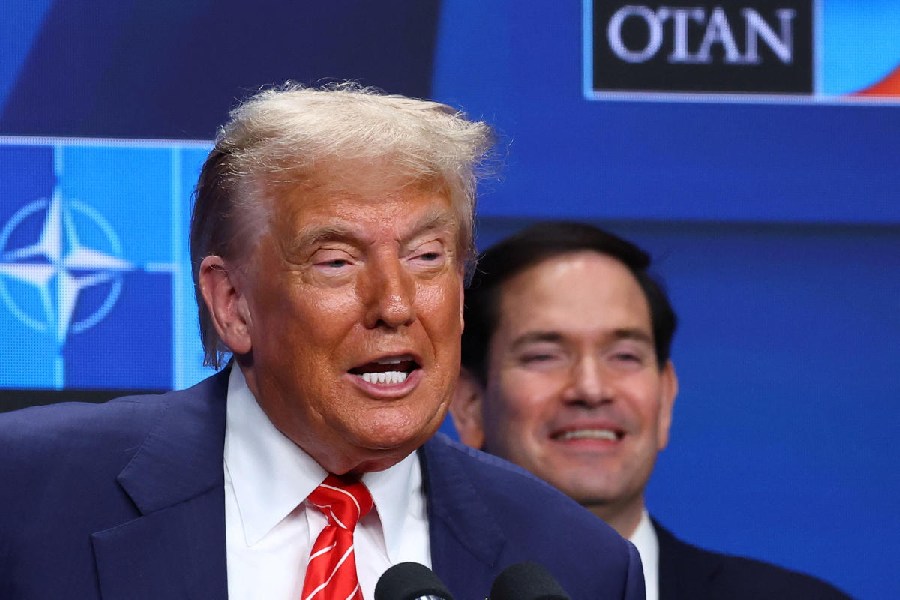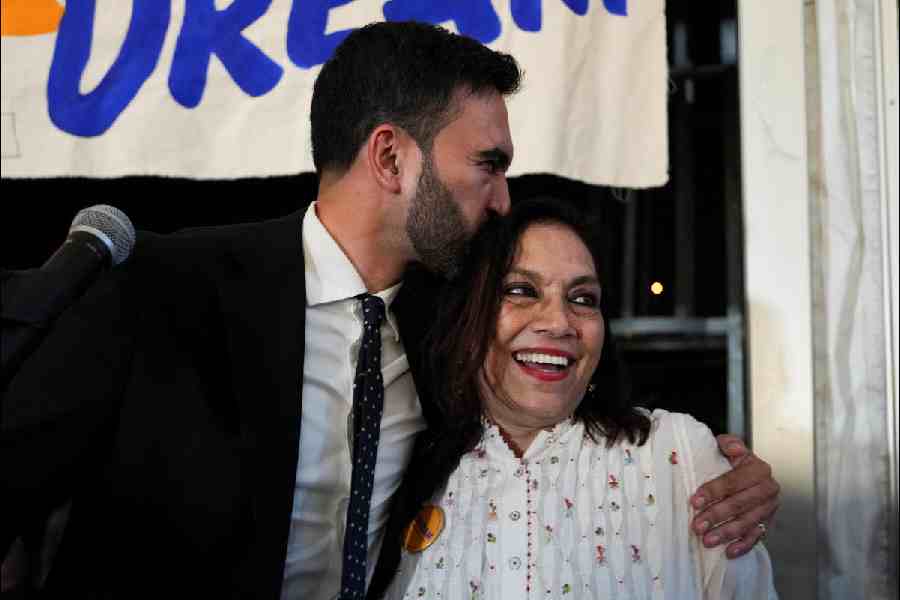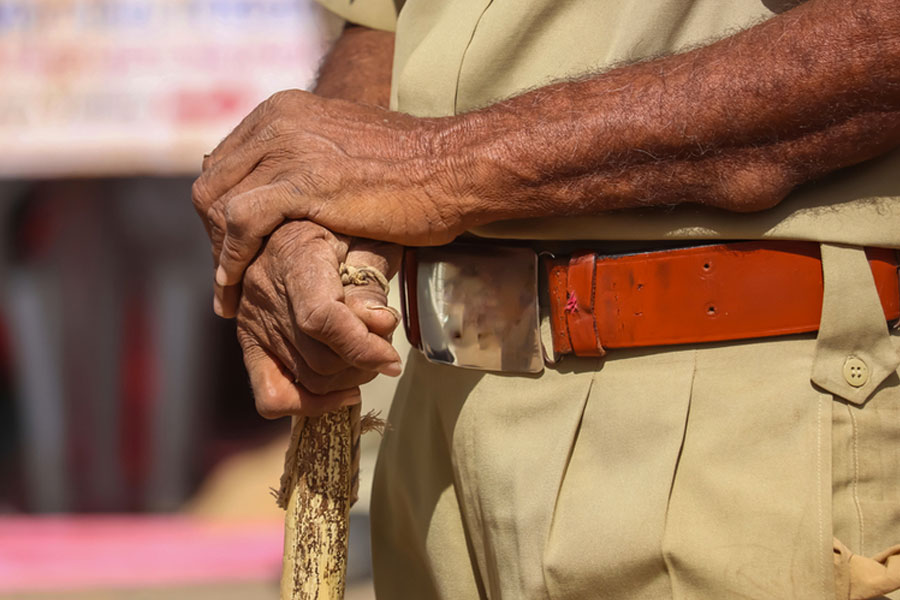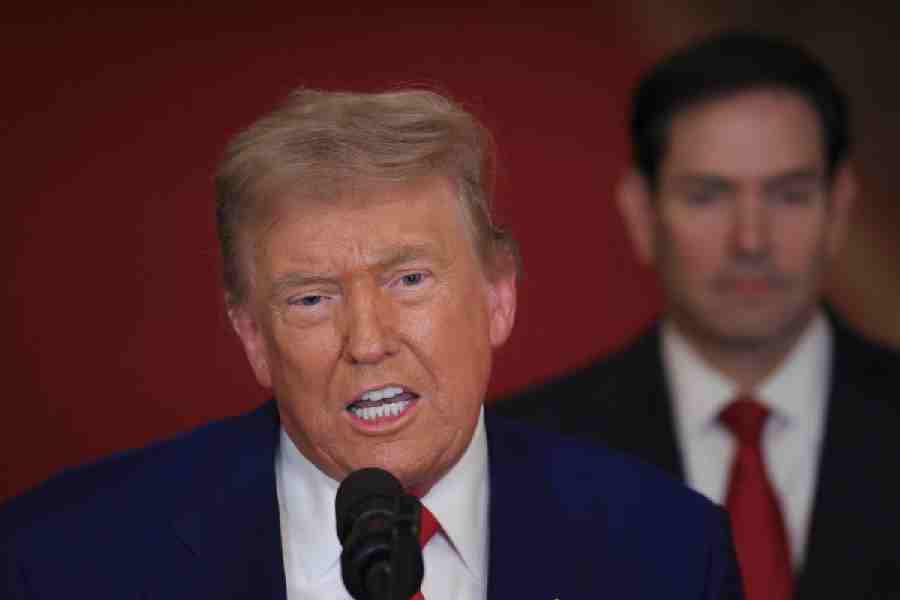|
|
| Holding back |
My times: A civil servant remembers
By Nitish Sengupta,
Samaskriti, Rs 450
Bureaucrats are taught to be discreet. Nitish Sengupta, who held several important posts in the government of West Bengal and in New Delhi, is the soul of discretion in his memoirs. He carefully edits his remembrances. Every reader of this book would have enjoyed more details than what Sengupta provides. As controller of capital issues at a very crucial phase of the Indian economy, Sengupta must have come into close contact with every single major industrialist in India. But his recollections are singularly devoid of any anecdote or incident of how such people operated or worked. It is difficult to imagine that such people, given their well-known proclivities to manage the environment, did not create moments for Sengupta to remember.
But this reservation should not take away from the value of this memoir. Sengupta was a very good student of history at Presidency College who belonged to the batch that graduated in 1953, perhaps the most distinguished batch that the college has known. In his own history honours class were Partha Sarathi Gupta, Binay Chaudhuri and Barun De; and in the economics department were Amartya Sen and Sukhamoy Chakraborty. Sengupta missed the call of academics by a shave and joined the steel frame of the Indian civil service. The training in Presidency College under the redoubtable Sushobhan Sarkar is evident in this book in two ways.
First, in the clear and simple prose that Sengupta writes. And second, from the author?s awareness of history. While describing his district postings in West Bengal, Sengupta provides a brief sketch of the history of the district. Sometimes, he even provides a description of how a particular position within the administration evolved, how it came to be created and so on.
I have spoken of Sengupta?s discretion and reticence. There is hardly any criticism of any individual in this book. There is an implied disapproval of the way a West Bengal minister behaved in the early Sixties but Sengupta, as an act of chivalry perhaps, does not name her. There is enough evidence presented here to show that Siddhartha Sankar Ray was unashamedly one of the principal architects of the Emergency. But Sengupta stops short of making any evaluative comment on his role. Similarly, Sengupta had an insider?s view of the emergence of the Naxalites and their suppression but he reveals nothing.
This book is an extraordinarily valuable document of an aspect of contemporary India. Sengupta was in the finance ministry at the high noon of the licence-permit raj and also worked to lay the groundwork for the transformation of the economy. He played a critical role as West Bengal?s representative in New Delhi at a time when the Left Front thrived on the slogan that the Centre was discriminating against West Bengal. His narrative of all these pieces of history will serve as a valuable testimony. But it is hard not to come away from this book with an odd sense of dissatisfaction. There is always the nagging feeling that Sengupta has not said everything, that there is a self-appointed censor to his memory.
Sengupta has the rare gift of writing with detachment about events and incidents in which he participated or was a close witness. This detachment is the book?s strength as well as its weakness. This is very much a mandarin?s book: restrained, responsible and reserved.










